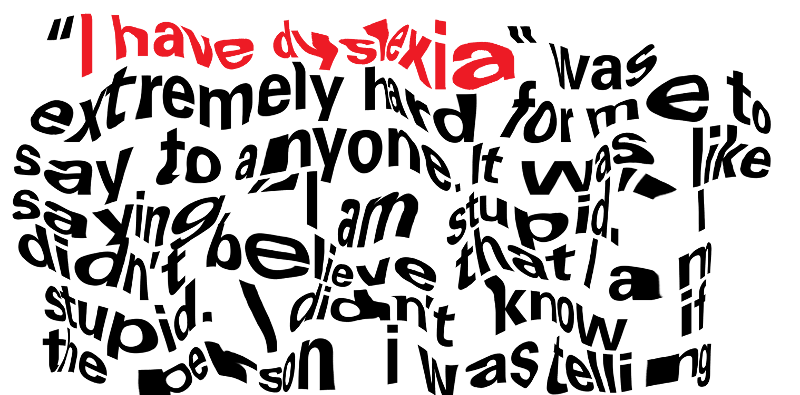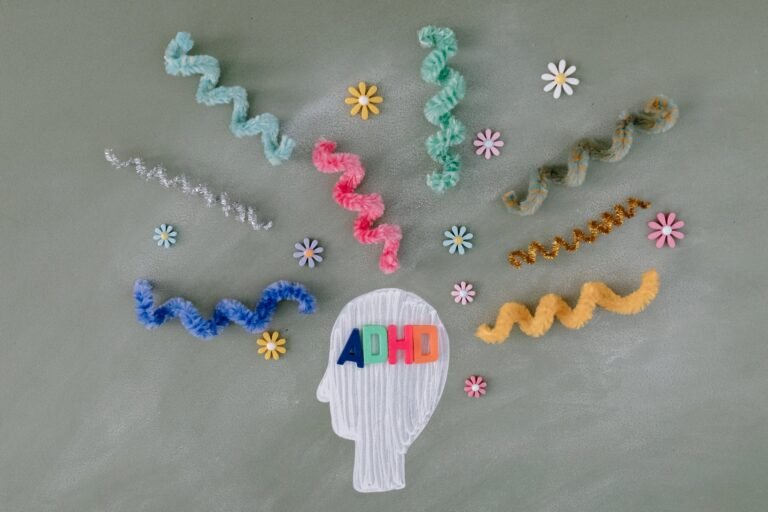Introduction
Dyslexia is a common learning disability that affects how a person reads, writes, and spells. It is not a result of low intelligence, but rather a neurological condition that impacts the way the brain processes written and spoken language. In a school setting, teachers play a crucial role in helping students with dyslexia overcome challenges and achieve their full potential. In this blog, we will explore dyslexia at school and provide valuable tips for teachers to effectively support students with dyslexia.
Understanding Dyslexia
Dyslexia is often misunderstood, but it’s important to recognize that it is a neurological difference, not a sign of laziness or lack of effort. Individuals with dyslexia have difficulty processing phonological information, which can lead to difficulties in reading, writing, and spelling. Here are some key characteristics of dyslexia:
Difficulty with Phonological Processing
Dyslexic individuals struggle with recognizing and manipulating the sounds in words, making it challenging to decode words and connect sounds to letters.
Reading Difficulties
Dyslexia often manifests as slow and inaccurate reading. Students may struggle with fluency, comprehension, and retaining information from texts.
Spelling Challenges
Dyslexic students may have trouble spelling words correctly because they struggle to translate sounds into letters accurately.
Difficulty with Rapid Naming
Rapid naming tasks, such as quickly naming letters, numbers, or objects, can be particularly challenging for individuals with dyslexia.
Poor Working Memory
Dyslexic students might experience difficulties with short-term memory and processing information rapidly.
Tips for Teachers: Supporting Students with Dyslexia
Early Identification
Early identification is crucial. Teachers should be vigilant and recognize potential signs of dyslexia, such as reading difficulties and letter reversals, and communicate with school professionals to initiate assessments.
Individualized Education Plan (IEP)
Work closely with the special education team to develop an IEP tailored to the student’s needs. The IEP should include specific goals and accommodations for reading, spelling, and writing.
Structured Literacy
Implement structured literacy instruction, which focuses on teaching the structure of the English language systematically. Multisensory approaches, such as Orton-Gillingham, can be highly effective.

Phonics Instruction
Provide explicit phonics instruction, emphasizing the relationships between sounds and letters. Frequent and consistent practice is key.
Reading Aloud
Encourage students to read aloud, both individually and in groups. This helps improve fluency and comprehension by engaging both visual and auditory senses.
Audiobooks and Text-to-Speech Tools
Allow students to access audiobooks and text-to-speech software to support their reading and comprehension. These tools help students access the content more easily.
Visual Supports
Use visual aids, like charts, diagrams, and graphic organizers, to help students organize information and make it more accessible.
Assistive Technology
Introduce assistive technology tools, such as speech-to-text software and word prediction programs, to aid in writing and spelling tasks.
Extra Time
Consider providing extra time for reading, writing, and test-taking. This accommodation can help students with dyslexia manage their time effectively.
Minimal Distractions
Create a learning environment with minimal distractions. Noise-canceling headphones or preferential seating can help students concentrate.
Frequent Breaks
Allow for frequent short breaks to help students manage their energy and focus.
Positive Reinforcement
Offer positive feedback and encouragement to boost students’ self-esteem. Highlight their strengths and achievements.
Inclusive Classroom Culture
Foster an inclusive classroom culture where students are understanding and supportive of each other’s differences.
Professional Development
Invest in professional development opportunities to enhance your understanding of dyslexia and effective teaching strategies.
Conclusion
Supporting students with dyslexia in the classroom is not only a teacher’s responsibility but also an opportunity to make a significant impact on these students’ lives. By implementing the strategies and tips mentioned in this blog, teachers can create an inclusive, supportive environment where students with dyslexia can thrive academically and develop the necessary skills to succeed in life.





